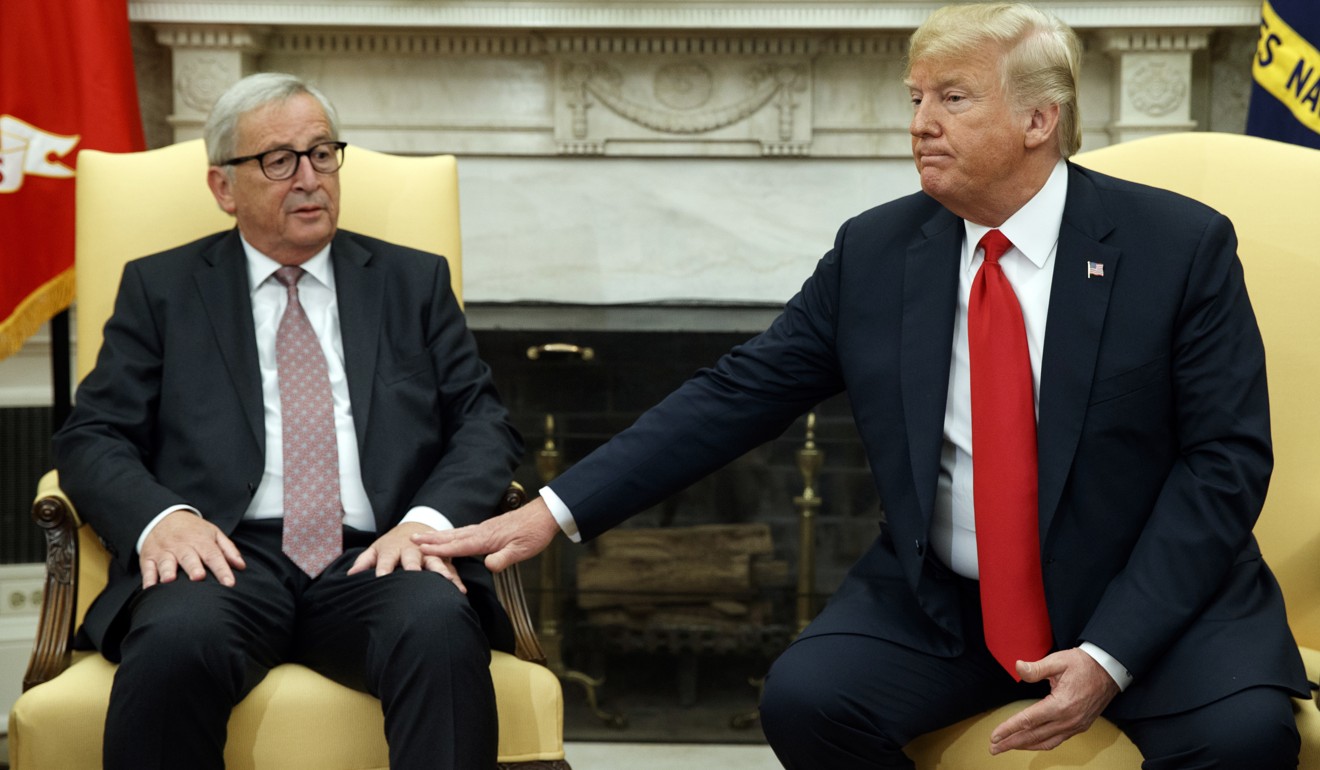
Is Donald Trump’s trade war bent on prolonging conflict with China rather than resolving differences?
Neal Kimberley says the US’ recent trade war moves against China indicate that it is more interested in protracted antagonism than finding solutions
In truth, the application of trade tariffs to try and gain leverage in a hoped-for trade negotiation mirrors stratagems previously embraced by President Trump in his career as a property developer. Trump’s 1987 book, The Art of the Deal, stresses the importance of “Leverage. Don’t make deals without it”.
Yet, in the same book, Trump also states that “I've read hundreds of books about China over the decades. I know the Chinese. I've made a lot of money with the Chinese. I understand the Chinese mind.”
With that last quote in mind, it might seem odd that the US has opted for trade tariffs. The US administration must know that this approach forces China to dig its heels in. It would be anathema to China to even allow the impression to form that, in the face of tariffs, Beijing is prepared to kowtow to Washington over trade.

A cynical view might even be that Washington has taken the tariff route precisely because it knows Beijing won’t then be able to give ground, thus perpetuating a trade war the US thinks it can win by attrition.
China is “the most protectionist, mercantilist economy in the world,” said US Deputy Trade Representative Dennis Shea at the WTO meeting, while China’s ambassador to the WTO, Zhang Xiangchen, made it quite plain that Beijing doesn’t take kindly to what it sees as Washington’s application of strong-arm tactics to try and force China to the negotiating table.
“Extortion, distortion or demonisation does no good to resolve the issues,” Zhang said in Geneva, adding that “holding our feet to the fire has never worked”.

The US-wrote document also contended that China’s interpretation of economic reform isn’t the embracing of market-oriented principles, but “means perfecting the government’s and the party’s management of the economy and strengthening the state sector, particularly state-owned enterprises” and that “as long as China remains on this path, the implications for [the WTO] are decidedly negative”.
Whatever your view of China’s economic model, a model which existed when China was accepted into the WTO, Washington must have known that such statements could only raise Chinese hackles.
Of course, given the Trump administration’s “America First” agenda, it is perhaps comforting that the US appears so solicitous of the WTO’s interests and of its wider membership even though on July 2, President Trump characterised the organisation as having treated the US “very badly for many, many years”.
It might therefore seem strange to discover that US actions are presently stymieing the activity of the appellate body of the WTO, the panel of judges which adjudicates over trade disputes such as those between China and the US.
Watch: US-China trade war and its impact on consumers
The appellate body normally comprises seven judges but, because of prior Trump administration vetoes, currently only has four members: China’s Hong Zhao, India’s Ujal Singh Bhatia, Mauritius’ Shree Baboo Chekitan Servansing, whose term expires in September and, from the US, Thomas R. Graham.
As, by convention, the Chinese and American judges would ordinarily recuse themselves from adjudicating a China-US trade dispute, prior US vetoes of judicial appointments to the WTO appellate body have created a situation where that body cannot currently convene a quorum to deliberate on such matters, even as the US has used the WTO as a forum to criticise China.
It’s all rather odd.
A cynic might even conclude the US seems more interested in a trade war with China than reaching trade peace.
Neal Kimberley is a commentator on macroeconomics and financial markets

